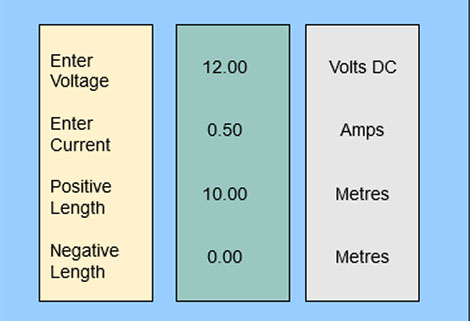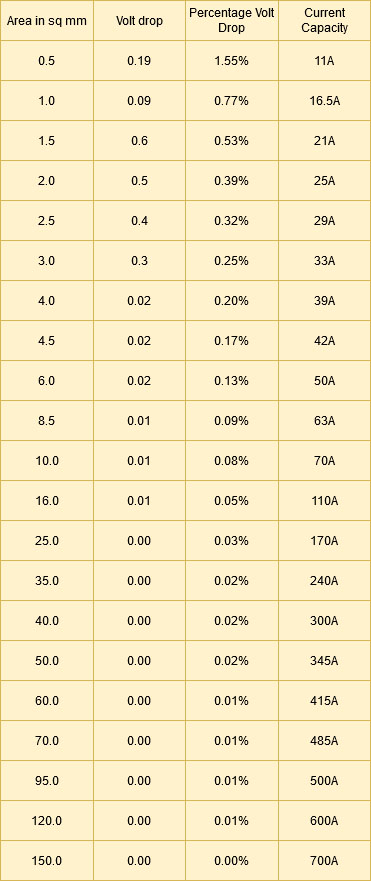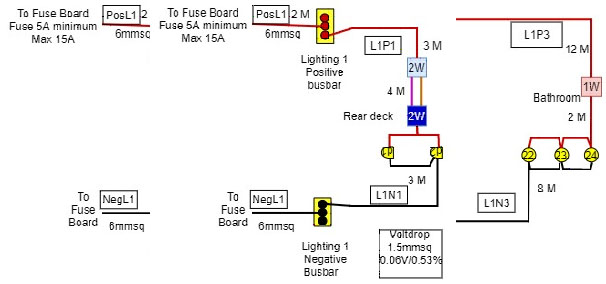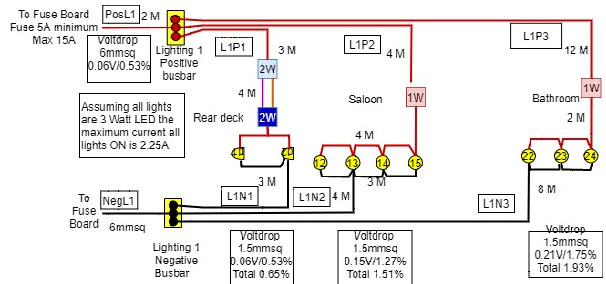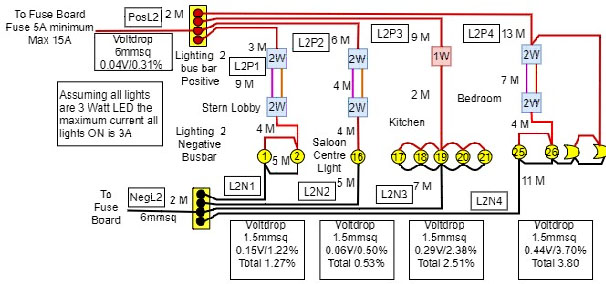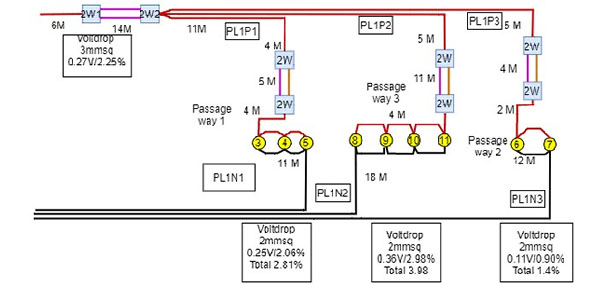there are less grainy photos, but...
llangollen canal revisited

“Why do I have to call him Daddy?” the voice of a little toddler chirped as we glided along the Llangollen Canal on a horse drawn trip boat.
“Because he’s your father!” the exasperated voice of the child’s mother replied.
Also on the boat were two newlyweds on their honeymoon. That’d be Janice and I, who’d tied the knot at Kendal Parish church around a week earlier. Neither of us had much more than a brass farthing to our names, and I do remember sitting in a bank talking about our finances in the run up to all of this.
“I really don’t think you can afford to get married,” the manager said.
I can’t remember our joint reply, but it would have bordered on the wrong edge of polite. Whether or not we had enough cash to wed, we did have a tent, the majority of a Fiat 850 (with some bits missing due to rust) and a month to explore wherever we chose to.
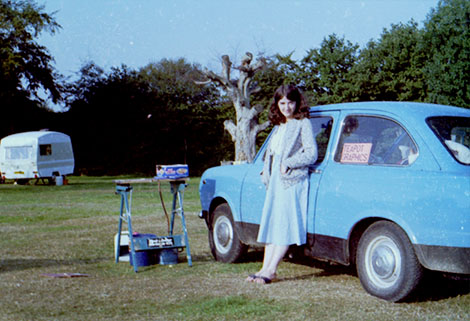
After we had decided to ignore the good or bad financial advice and marry anyway we’d actually chosen Ayr but turned the wrong way on the M6 and decided that, given that Wales was now closer, we’d pay the place a visit. By late afternoon we’d spotted a road sign directing us to Llangollen and, given our rather undistinguished attempt at map reading, we decided it was as good a place as anywhere to go.
After pitching our little green tent, it was a fair walk down to the town and we’d paused to look at the canal when we saw the trip boat and thought it a good idea. The run along the very narrow section of the feeder was very pleasant after the drive and, on arriving back at the town we found that a longer trip was available to take us over the Pontcysyllte Aqueduct. Unfortunately we didn’t have enough cash for that. We did have the little Fiat though, and the people at the tea room were more than happy to give us directions.
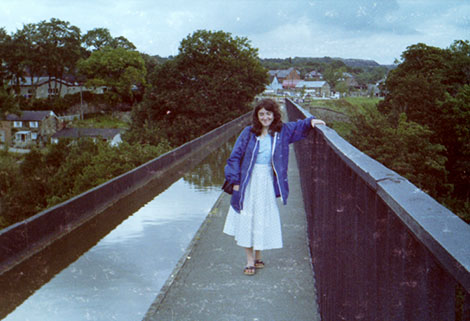 The next day we headed off to one of the most spectacular structures on the canal system, seeing little snippets of it as we drove. Then we were there!
The next day we headed off to one of the most spectacular structures on the canal system, seeing little snippets of it as we drove. Then we were there!
Sometimes the reality of a famous building isn’t quite what it’s cracked up to be but this was no disappointment.
Janice’s fear of heights wasn’t helped when she looked at the railings. They seemed solid enough but the spacing between them made her feel that it would be relatively simple to sidestep through them, and it looked a hell of a long way down! I’m sure that there is a small indentation in the railing even now, where Janice was gripping it for the photo.
After spending a while walking around the pathways and taking some more photos, we treated ourselves to lunch at the pub before we headed off in the direction of Chirk, to look at the aqueduct there.
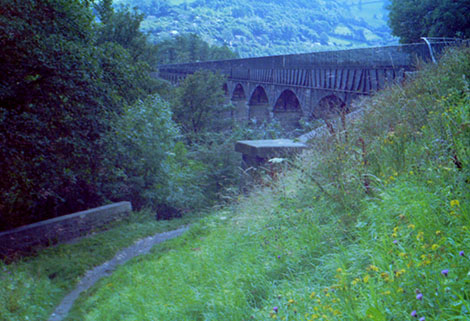 “We could walk through the tunnel,” Janice said, after we had crossed the impressive but much less frightening, structure.
“We could walk through the tunnel,” Janice said, after we had crossed the impressive but much less frightening, structure.
If Pontcysyllte had been scary for her, she got her revenge with Chirk tunnel.
I soon discovered that I was more than scared of enclosed spaces but, with a bit of encouragement, we got through to the other end. The towpath though far from even seemed pretty solid even if the wooden handrail did not, and our rather pathetic little torch was not much more use than a candle once we’d got to the centre.
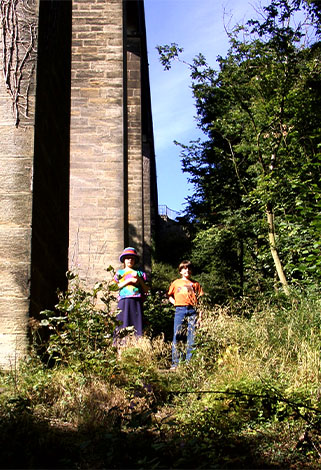 All of that happened in late August 1982, and the little toddler will now be around forty. I like to think that maybe, on one late summers day he took his young family on the same canal trip, only to have one of his little kids pipe up in the same way as he did.
All of that happened in late August 1982, and the little toddler will now be around forty. I like to think that maybe, on one late summers day he took his young family on the same canal trip, only to have one of his little kids pipe up in the same way as he did.
I have no way of knowing whether this happened, but one of the certainties of visiting places that are so interesting is that they make you want to visit again.
About fifteen years later we crossed the aqueduct in the trip boat with our two youngsters (neither of whom asked Janice why they should call me Daddy).
A few years later, when we felt they were big enough to walk across, we visited again and fully infected them with an interest in canals. The place draws you like that and, each time you do visit, you can always bet that you will find something new.
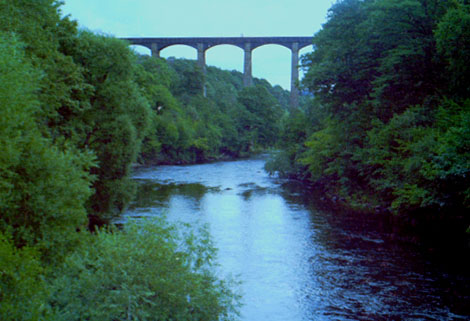
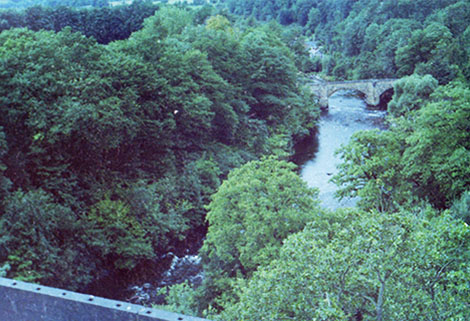
I’d always wondered what one of the little bridges in Trevor Basin was for and it is only yesterday that I found out about the Plas Kynaston Canal (or branch canal) which used to serve industry and mines on the site of what became Monsanto’s chemical works. When the works grew, the canal was in the way and was duly filled in with a total disrespect for its past.
 Now the works is gone completely and there is talk of the restoration of the branch. I like to think that it wasn’t totally bulldozed and and that, underneath the concrete, there is sufficient of the course and its artefacts left to bring it back to its former state with a good degree of authenticity.
Now the works is gone completely and there is talk of the restoration of the branch. I like to think that it wasn’t totally bulldozed and and that, underneath the concrete, there is sufficient of the course and its artefacts left to bring it back to its former state with a good degree of authenticity.
With the branch being quite short, with no major engineering features, it shouldn’t be too hard to dig the original course back out and make it a feature of whatever the current wasteland left by the old works is destined to become. Such a project would certainly be of benefit to the area and I wish the Plas Kynaston Canal group all the luck that they need.
As someone that always finds interest in old features and tries to follow the courses of old railway lines and canals, I am going to have to return at some point soon to see what is left of the works and, more importantly, the Plas Kynaston branch canal. It’s a harmless enough pursuit I guess.

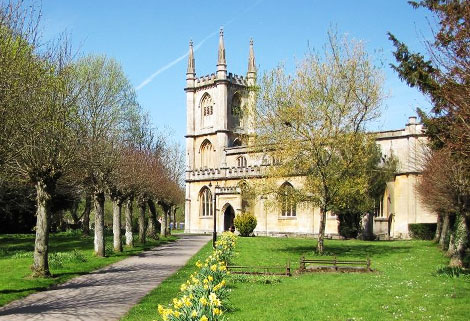 Although a church has stood on this site since early times, the present church was built by the Victorians in 1816, the tower of the former building having collapsed, bringing down part of the church with it.
Although a church has stood on this site since early times, the present church was built by the Victorians in 1816, the tower of the former building having collapsed, bringing down part of the church with it. If you are moored anywhere near the church, do pop in and have a quiet browse. Our vicar, Revd. Michael Saunders (Mike to everyone) and his wife Ali are Waterways Chaplains. The vicarage is nearby and they welcome anyone who comes to their door or rings them for help or a chat (01488 208341).
If you are moored anywhere near the church, do pop in and have a quiet browse. Our vicar, Revd. Michael Saunders (Mike to everyone) and his wife Ali are Waterways Chaplains. The vicarage is nearby and they welcome anyone who comes to their door or rings them for help or a chat (01488 208341).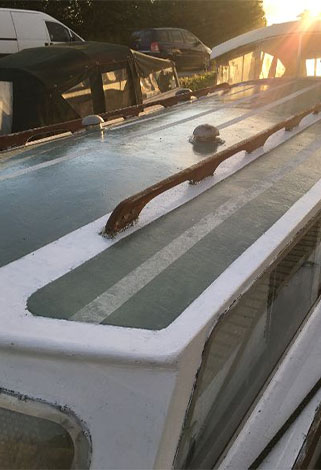 A quick lick of paint just to touch up the areas the weather had got to and some natty grip tape for the deck from an online store – which now is the new norm - and we are ready for the off and a cruise down to Semmington for the first time in ages.
A quick lick of paint just to touch up the areas the weather had got to and some natty grip tape for the deck from an online store – which now is the new norm - and we are ready for the off and a cruise down to Semmington for the first time in ages.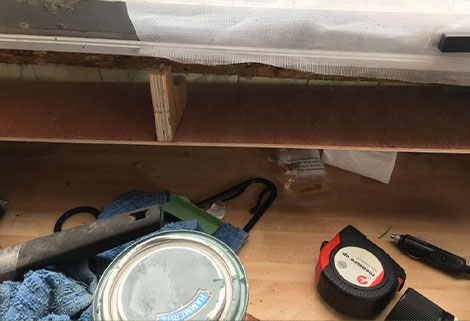

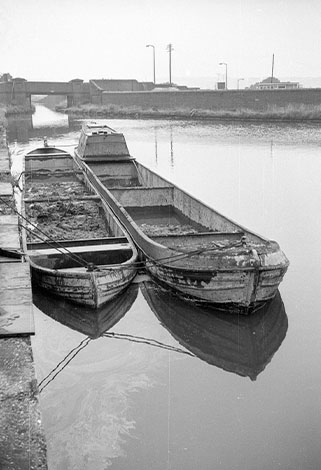 I was built sometime in the reign of Victoria, at least 135 years ago, in the Black Country, Birmingham.
I was built sometime in the reign of Victoria, at least 135 years ago, in the Black Country, Birmingham.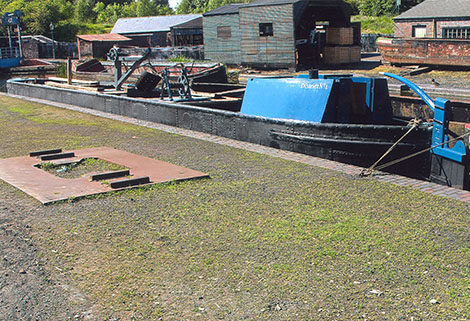 I had a small cabin then, where the men, usually 3, could have a brew (and occasionally doss down), and in the middle of my hold was a small hand crane, attached to the great iron scoop and its long wooden handle.
I had a small cabin then, where the men, usually 3, could have a brew (and occasionally doss down), and in the middle of my hold was a small hand crane, attached to the great iron scoop and its long wooden handle.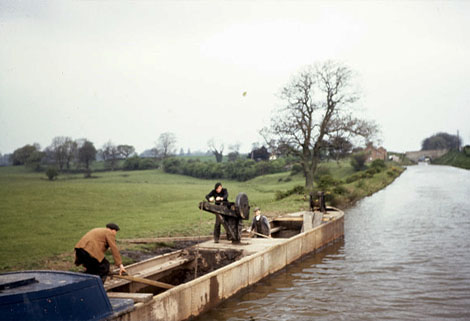 Each scoopful was about a hundredweight of mud and water, and it went everywhere. My decks were slick with mud, and it reeked in high summer! They had to regularly pump the water out so they could get a full load, which was about 25 tonnes at a time.
Each scoopful was about a hundredweight of mud and water, and it went everywhere. My decks were slick with mud, and it reeked in high summer! They had to regularly pump the water out so they could get a full load, which was about 25 tonnes at a time. Dredgers sometimes lifted things that were best left lying: guns, knives, sometimes stolen safes and strongboxes (empty of course). Occasionally a dredger would bring a body up, which was never fun for anyone involved and would invariably hold up traffic. It wasn’t unheard of for a body to be quietly slipped back into the water without telling anyone official.
Dredgers sometimes lifted things that were best left lying: guns, knives, sometimes stolen safes and strongboxes (empty of course). Occasionally a dredger would bring a body up, which was never fun for anyone involved and would invariably hold up traffic. It wasn’t unheard of for a body to be quietly slipped back into the water without telling anyone official. I did that until 1937, when they took away my dredging gear and I was put onto general maintenance. During the war I did whatever was needed; sometimes I carried things like lock gates, sometimes I carried bits of Birmingham away that had been blown up by Mr Hitler. Sometimes I even carried cargo for the war effort.
I did that until 1937, when they took away my dredging gear and I was put onto general maintenance. During the war I did whatever was needed; sometimes I carried things like lock gates, sometimes I carried bits of Birmingham away that had been blown up by Mr Hitler. Sometimes I even carried cargo for the war effort. And then, after all that service, more than 100 years dedicated to keeping the canals going, waterways decided they didn’t want me anymore, and that I was “beyond economical repair.”
And then, after all that service, more than 100 years dedicated to keeping the canals going, waterways decided they didn’t want me anymore, and that I was “beyond economical repair.”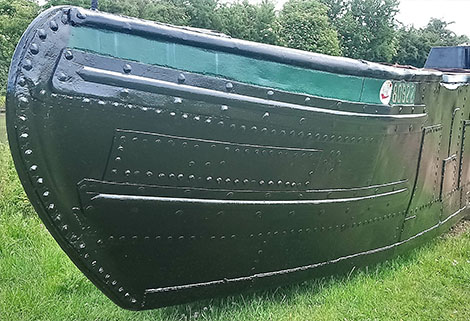 I am now a cargo boat in my own right. I am still unpowered, but I have a motorboat of my own to take me where I wish, and I have my little cabin back. I will be carrying coal and logs for a fuel boat, and maybe tanks of diesel in the summer. I’ll be taking animal feed, and occasionally animals, the pets of my keeper.
I am now a cargo boat in my own right. I am still unpowered, but I have a motorboat of my own to take me where I wish, and I have my little cabin back. I will be carrying coal and logs for a fuel boat, and maybe tanks of diesel in the summer. I’ll be taking animal feed, and occasionally animals, the pets of my keeper.
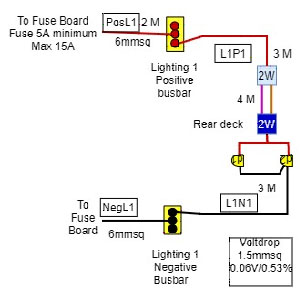 The first thing is that for running electrical cables for anything around the boat we should use nothing smaller that 1.5mmsq. This is because this is the minimum size that will stand up to the stresses of being strung around a boat that vibrates.
The first thing is that for running electrical cables for anything around the boat we should use nothing smaller that 1.5mmsq. This is because this is the minimum size that will stand up to the stresses of being strung around a boat that vibrates.